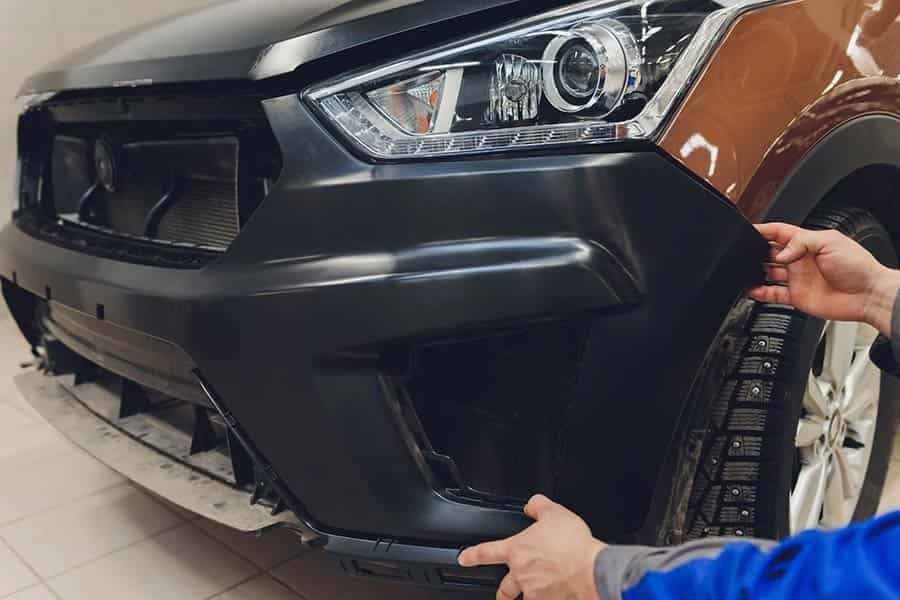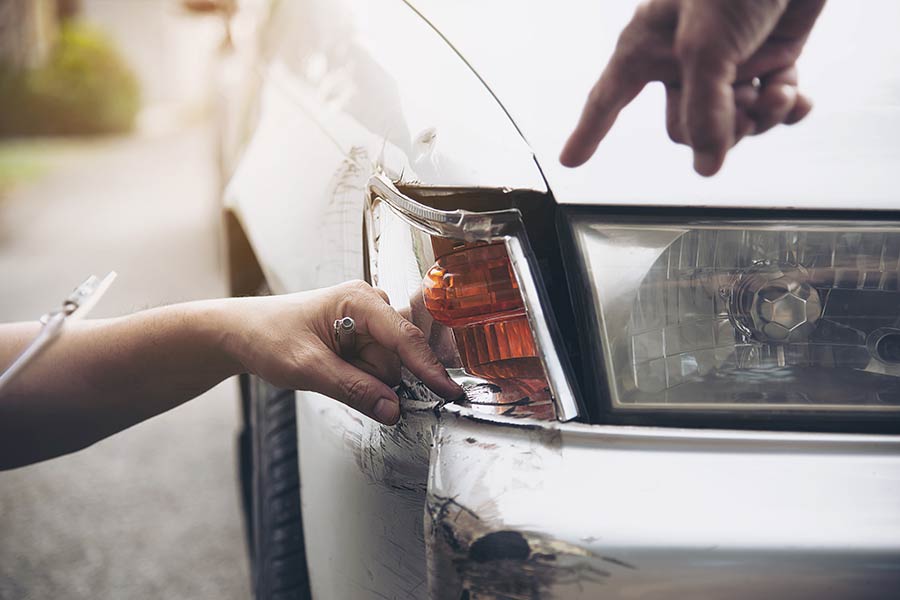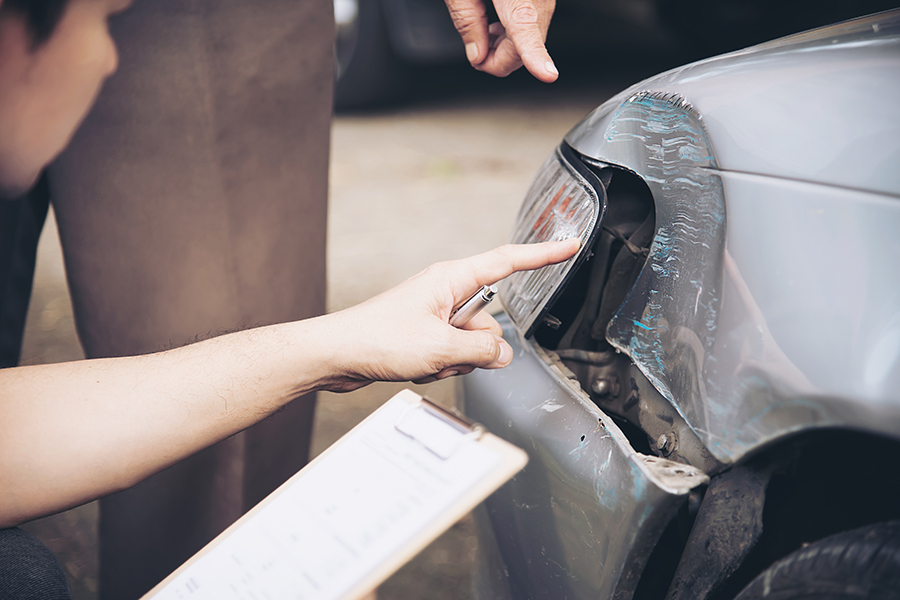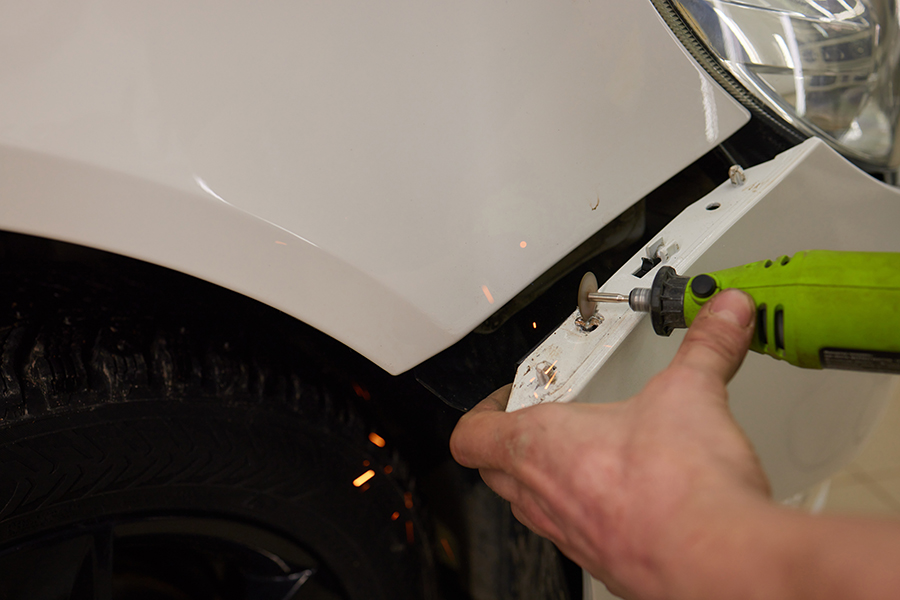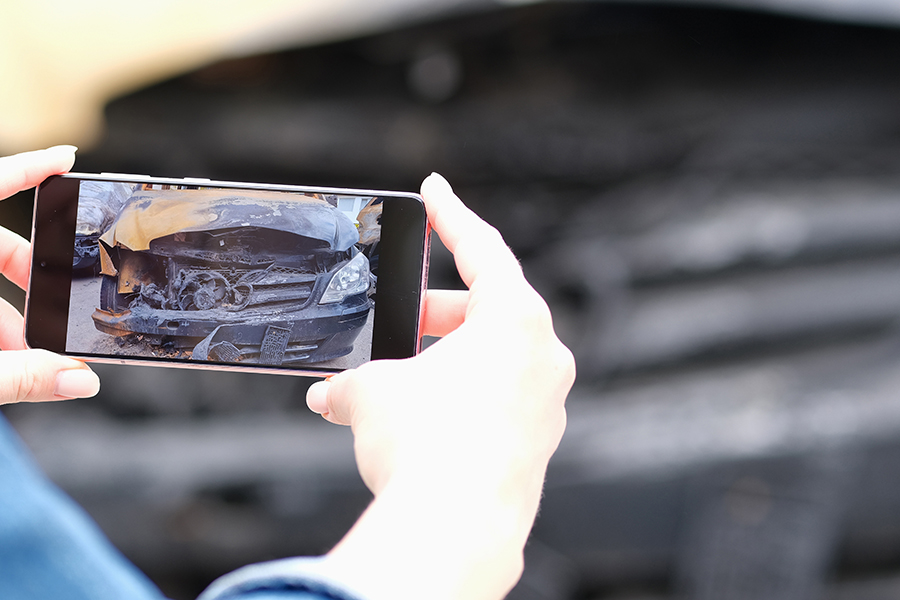Bumper damage can turn a sleek ride into an eyesore faster than you can say "fender bender." It's not just about looks; it's about maintaining your vehicle's value and safety. While some see it as a minor inconvenience, for others, it's a glaring issue that needs immediate attention. Whether it's a small scratch or a major dent, understanding the ins and outs of bumper repair is crucial. This post dives deep into everything you need to know about fixing bumper damage, ensuring your car gets back to looking its best without breaking the bank.
Key Takeaways
- Bumper damage, though often seen as cosmetic, can impact your car's safety; always assess it carefully.
- Checking the extent of the damage yourself can save you time before seeking professional advice.
- There are multiple solutions for fixing bumper damage, ranging from DIY fixes to professional repairs; choose based on the severity of the damage.
- Understanding the potential costs involved in repairing bumper damage helps in budgeting and deciding whether to claim insurance.
- Making the right choice on how to deal with bumper damage involves balancing cost, time, and the impact on your vehicle's safety and resale value.
- Always consider the long-term effects of your decision on your car’s performance and value, not just the immediate costs or aesthetics.
Understanding Bumper Damage
Basics of Bumpers
Bumpers come in various materials like plastic, metal, and rubber. They are designed to absorb impact during collisions. There are different types, including standard, deep drop, and tube bumpers. Over time, bumper design has evolved. This change focuses on improving safety and enhancing the vehicle's appearance.
Function of Bumpers
Bumpers play a crucial role in protecting vehicle components during low-speed collisions. They also help keep pedestrians safe by reducing injury risk in an accident. Modern bumpers offer aerodynamic benefits, making cars more fuel-efficient and stable at high speeds.
Signs You Need Repair
Visible damage such as scratches, dents, and cracks indicate the need for repair. A misaligned or loose bumper could suggest underlying issues. Unusual noises while driving might also signal bumper problems.
Choosing Repair or Replacement
Deciding between repairing or replacing a bumper involves considering cost implications. The extent of the damage plays a significant role in this decision. The age and value of the vehicle should also be considered when choosing between repair or replacement.
Assessing Bumper Damage
Bumper Scuff
Scuffs on a bumper might look minor, but they need attention. Many scuffs can be buffed out or repainted to look like new. It's crucial to tackle these early to avoid rust, which can lead to more significant issues. For those who prefer a hands-on approach, DIY kits offer a solution for minor scuffs. These kits come with instructions and can save money.
Cracked Bumper
A cracked bumper is more than an eyesore; it could be a safety hazard. Small to medium cracks often require professional repair techniques to restore integrity. However, when the damage is severe, replacement becomes necessary for safety reasons. Professionals can assess the extent of the damage and recommend the best course of action.
Bumper Dent
Dents vary in complexity and size. Small ones might pop back into place with the right technique, using suction tools or even a plunger. But not all dents are that simple. Large or complex dents should be seen by professionals. They have the tools and expertise to fix them properly without causing further damage.
Solutions for Bumper Damage
Repair Process
The repair process involves several key steps to restore your bumper. First, technicians sand the damaged area to create a smooth surface. Next, they apply a filler to any dents or scratches, which is then sanded down once it has dried. The priming stage comes after, preparing the surface for painting. Color matching is crucial here to ensure the new paint blends seamlessly with your car's existing color. Finally, the area is painted and sealed. This entire process can take a few days, depending on the extent of the damage.
Replacement Process
When repair isn't feasible, replacing the bumper is the next option. This starts with removing the damaged bumper carefully. Then, a new one is installed in its place. It's important to choose OEM parts for replacement to guarantee a perfect fit and maintain your vehicle's value. Typically, professional bumper replacement can be completed within a day or two, ensuring your car looks as good as new.
Cutting Costs on Services
To save on repair or replacement costs:
- Obtain multiple quotes from different service providers for competitive pricing.
- Consider aftermarket parts instead of OEM parts for a more budget-friendly option.
- For minor damages, DIY repair kits offer a cost-effective solution that can be done at home.
Cost Considerations
Repair Costs
Repairing a bumper can cost anywhere from $50 to $600. The price varies based on the damage type and bumper material. Scuffs are cheaper to fix, while dents and cracks can be more expensive. Sometimes, repairs reveal hidden damage, leading to extra costs.
Replacement Costs
A new bumper might set you back between $500 and $1,500, including parts and labor. The vehicle's make and model play a big role in this. OEM (Original Equipment Manufacturer) parts are pricier than aftermarket options. Yet, they often offer better quality.
Labor Price
Labor costs depend on the repair or replacement complexity. They can range from $100 to over $500. Rates vary widely by location and the shop's pricing policy. More complex jobs take longer, increasing the labor cost.
Insurance Payments
Insurance often covers bumper damage but it depends on your policy. Deductibles apply, affecting out-of-pocket expenses. Filing a claim for bumper repair or replacement might also increase your premiums.
Making the Right Choice
Driving with Damage
Driving a car with significant bumper damage is risky. It may compromise safety and reduce protection in a crash. Some areas have laws against driving cars with visible damages. This could lead to fines or legal issues. Also, a damaged bumper might lead to more severe damage if another accident occurs.
Indications for Replacement
Several signs indicate the need for a bumper replacement. These include:
- Large cracks
- Major dents
- Structural damage to the bumper
The age and condition of the bumper also matter. Sometimes, it's better to replace an old, damaged bumper than try to repair it. If repairs cost almost as much as getting a new one, replacement is smarter.
Out-of-Pocket vs Insurance
Choosing between paying out-of-pocket or filing an insurance claim depends on many factors. Paying yourself might save money in the long run by avoiding premium increases. However, this makes sense only if repair costs are lower than your deductible. Always weigh the immediate costs against potential long-term expenses when making this decision.
Closing Thoughts
Bumper damage is a common issue, but now you know how to tackle it head-on. From understanding the damage to weighing cost considerations, you're equipped with the knowledge to make informed decisions. Whether it's a minor scratch or a major dent, assessing and finding solutions for bumper damage doesn't have to be a headache. Remember, the right choice depends on your situation and budget. Keep these tips in mind, and you'll navigate the repair process like a pro.
Taking action is key. Don't let bumper damage put a damper on your car's appearance or value. Explore your options, consult with professionals if needed, and choose the best path forward for your vehicle. Your car deserves top-notch care, so why wait? Start the journey towards a flawless bumper today.
Frequently Asked Questions
What is bumper damage?
Bumper damage refers to any physical harm to the front or rear bumper of a vehicle, ranging from minor scratches to severe dents or cracks.
How can I assess bumper damage on my car?
Quickly assess bumper damage by checking for visible signs like scratches, dents, or paint damage. For deeper issues, consider a professional inspection.
What are some common solutions for fixing bumper damage?
Common solutions include applying touch-up paint for minor scratches, using a heat gun for small dents, or replacing the bumper in case of severe damage.
How much does it typically cost to repair bumper damage?
Costs vary widely based on the extent of the damage; minor repairs might be under $100, while complete replacements can exceed $1,000.
Is it better to repair or replace a damaged bumper?
It depends on the severity of the damage. Small dents and scratches can often be repaired affordably, but severe structural damage might necessitate a replacement for safety reasons.
Can I fix minor bumper damage myself?
Yes, minor damages like small scratches or dents can often be fixed at home with the right tools and instructions.
When should I consult a professional for bumper damage?
Consult a professional if the damage affects your vehicle's safety features, involves deep scratches or dents, or when you're unsure about the extent of the damage.
